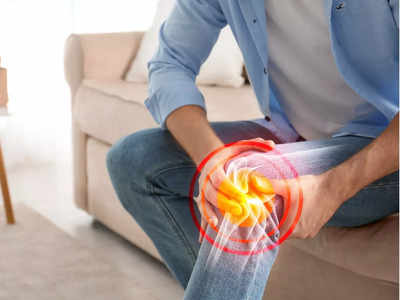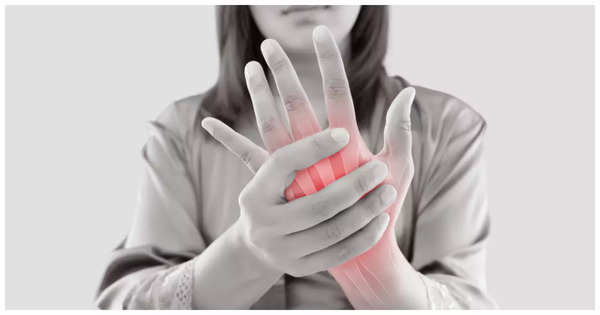Arthritis, a common condition among the elderly, causes joint inflammation and pain, often leading to reduced mobility and quality of life. Managing arthritis effectively requires a combination of medical treatment, lifestyle modifications, physical activity, and self-care. With the right strategies, elderly individuals can mitigate the impact of arthritis and maintain their independence.
The first step in
arthritis management
is understanding the type of arthritis you have.
There are many forms of arthritis, including osteoarthritis, rheumatoid arthritis, and gout, each requiring different approaches. Regular consultations with a healthcare provider are essential to ensure accurate diagnosis and a tailored treatment plan.
For elderly individuals, it’s crucial to communicate openly with healthcare providers about pain levels, mobility challenges, and any side effects from medications. Following the prescribed treatment plan, including medications and physical therapy, is key to controlling symptoms and slowing the progression of arthritis.
Though arthritis can make movement painful, staying physically active is vital for joint health. Regular exercise helps maintain joint flexibility, strengthen muscles that support the joints, and reduce overall pain. Low-impact exercises like walking, swimming, and cycling are particularly beneficial for the elderly, as they minimize stress on the joints while improving cardiovascular health and mobility.
Additionally, stretching exercises and yoga can help improve flexibility and reduce stiffness. Strength training, under proper guidance, can enhance muscle support around the affected joints. It’s essential to start slowly and increase intensity gradually to avoid injury.
A balanced diet plays a crucial role in managing arthritis. Foods rich in anti-inflammatory properties, such as fatty fish (salmon, mackerel), olive oil, nuts, and seeds, can help reduce inflammation in the joints. Omega-3 fatty acids, in particular, have been shown to alleviate symptoms of rheumatoid arthritis.
Additionally, a diet rich in fruits and vegetables, especially those high in antioxidants (like berries, spinach, and kale), helps combat oxidative stress, which can exacerbate arthritis. Elderly individuals should also focus on maintaining a healthy weight, as excess body weight places additional strain on the joints, particularly the knees and hips.
Incorporating calcium and vitamin D-rich foods (such as dairy products, fortified cereals, and leafy greens) is crucial for bone health, especially for elderly individuals prone to osteoporosis, which often accompanies arthritis. Magnesium-rich foods, like nuts and seeds, can also help relax muscles and ease joint pain.
In addition to medication and exercise, alternative therapies can provide significant relief for arthritis pain. Heat and cold therapy are commonly used to alleviate discomfort. Applying a heating pad or warm compress to stiff joints can help ease tension, while cold packs can reduce inflammation and numb areas of intense pain.
Massage therapy may also be beneficial, as it improves circulation and helps relax muscles around the joints. Acupuncture has been shown in some cases to reduce arthritis pain by stimulating nerves and improving blood flow. Many elderly individuals find relief through mind-body practices like meditation and deep breathing exercises, which can help reduce the perception of pain and improve overall well-being.
For elderly individuals with arthritis, making modifications to the home environment can significantly improve quality of life. Simple changes, such as installing grab bars in the bathroom, using a shower chair, and placing non-slip mats on floors, can prevent falls and make daily activities easier.
Using ergonomic tools, like jar openers or utensils with thicker handles, can reduce strain on painful joints. Electric can openers or voice-activated devices can further help with tasks that require fine motor skills. Ensuring that furniture, such as chairs and beds, are at a comfortable height can minimize unnecessary bending or straining.
Chronic pain, such as that caused by arthritis, can take a toll on mental and emotional well-being. Elderly individuals may experience frustration, anxiety, or depression due to limited mobility and reduced independence. It’s essential to address these feelings by seeking support from family, friends, or mental health professionals. Joining arthritis support groups or engaging in social activities can also provide emotional support and reduce feelings of isolation.
How to Choose the Right Diet for Arthritis Management
Cognitive behavioral therapy (CBT) has proven effective in helping individuals cope with chronic pain by teaching them how to manage their emotional response to discomfort. Mindfulness practices, such as meditation and relaxation techniques, can also help elderly individuals manage stress and improve their mental resilience.
Arthritis is a progressive condition, so regular check-ups with healthcare providers are essential for monitoring its development. For elderly individuals, these appointments can help adjust treatments, manage any new symptoms, and prevent complications. Regular monitoring can also help detect related health issues, such as high blood pressure or diabetes, which are common in the elderly and may affect arthritis management.
Blood tests, X-rays, and joint function assessments can help evaluate the effectiveness of treatments and determine if additional interventions are needed. Staying proactive about healthcare and seeking timely adjustments to the treatment plan will ensure that arthritis is managed effectively.
In this context, an organisation that works solely to improve the quality of life of the elderly can be of great help. ASLI or Association for Senior Living India established in 2011 is the first and only national voluntary membership association for Senior living and care.
I’m Manas Ranjan Sahoo: Founder of “Webtirety Software”. I’m a Full-time Software Professional and an aspiring entrepreneur, dedicated to growing this platform as large as possible. I love to Write Blogs on Software, Mobile applications, Web Technology, eCommerce, SEO, and about My experience with Life.






